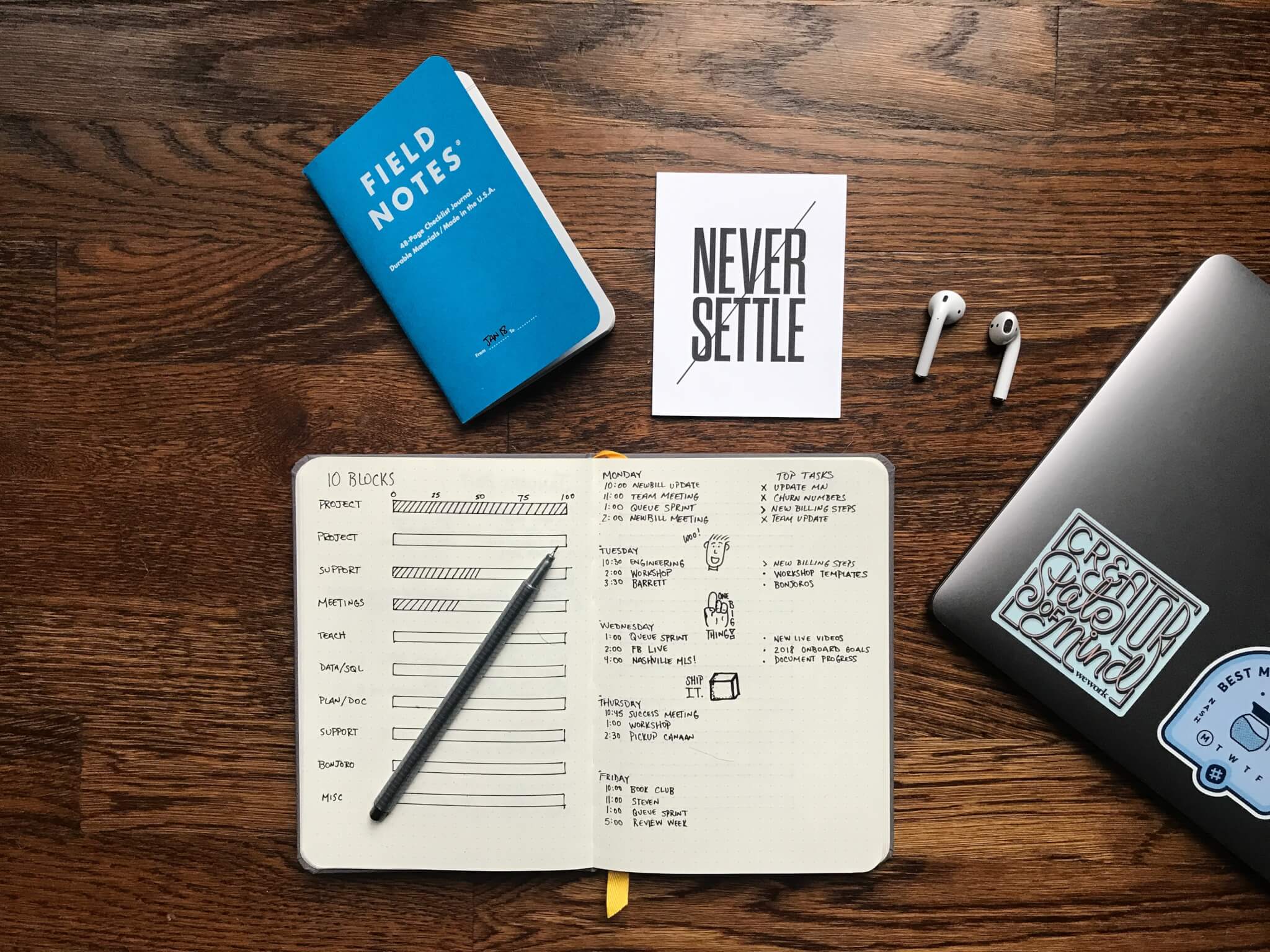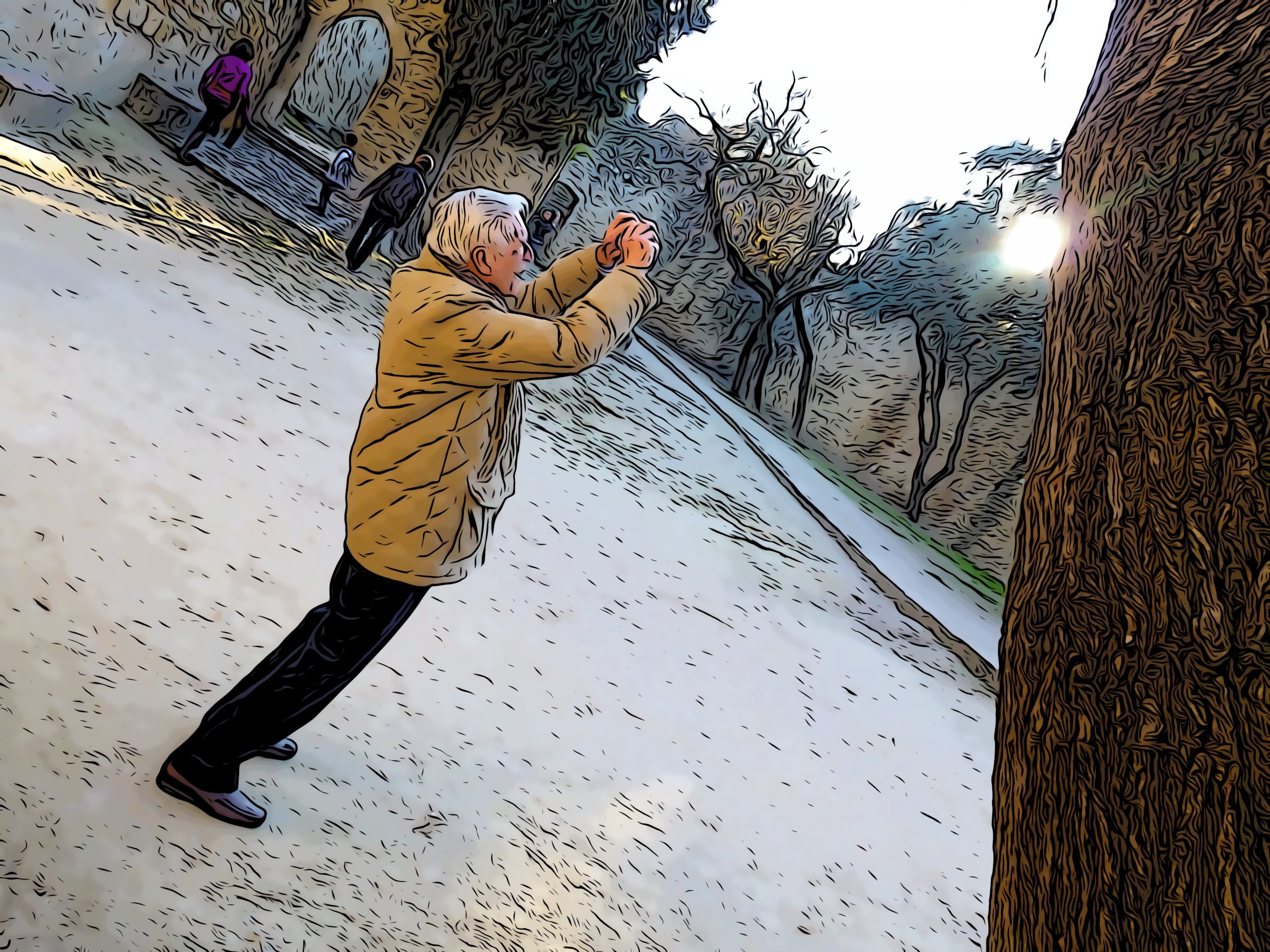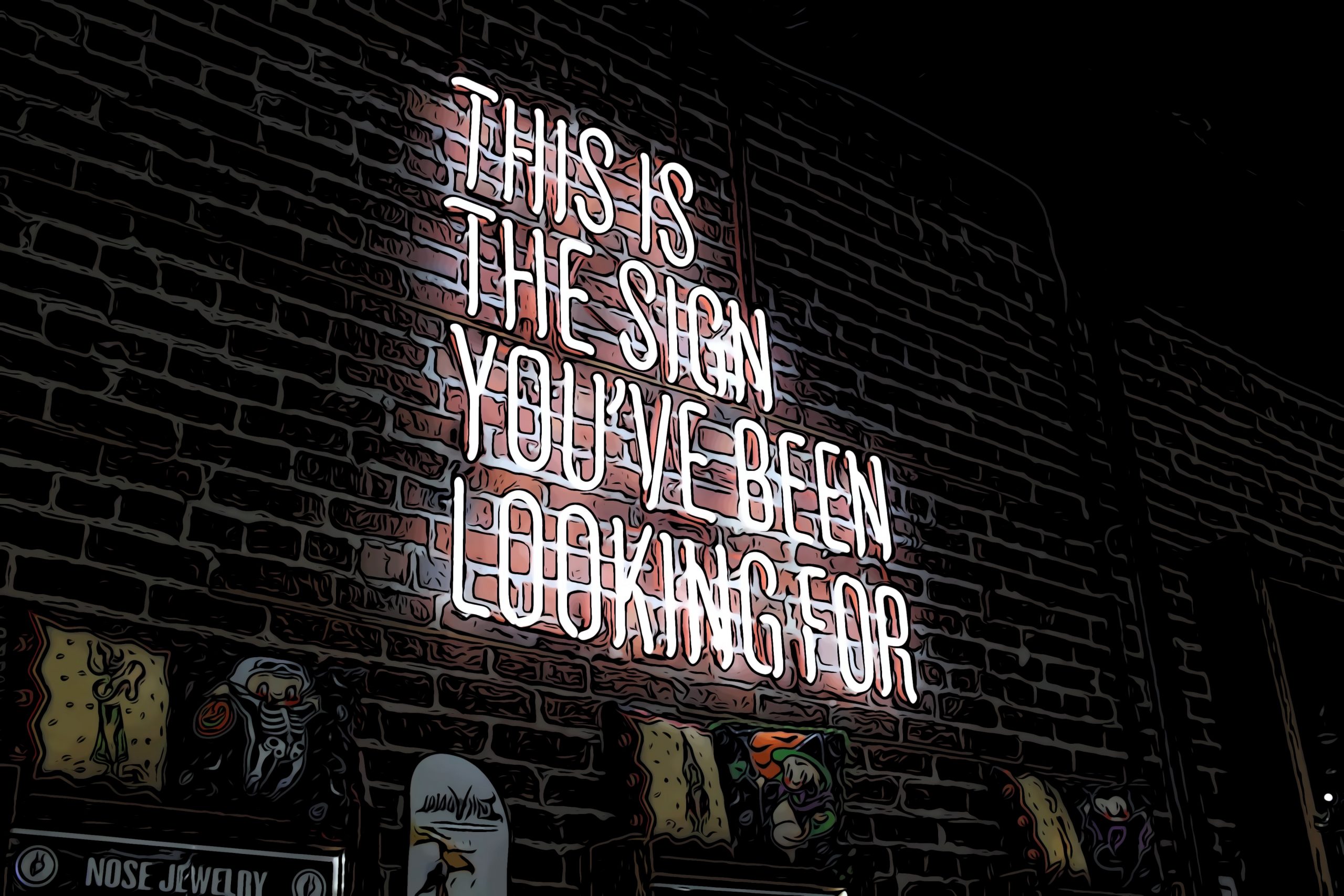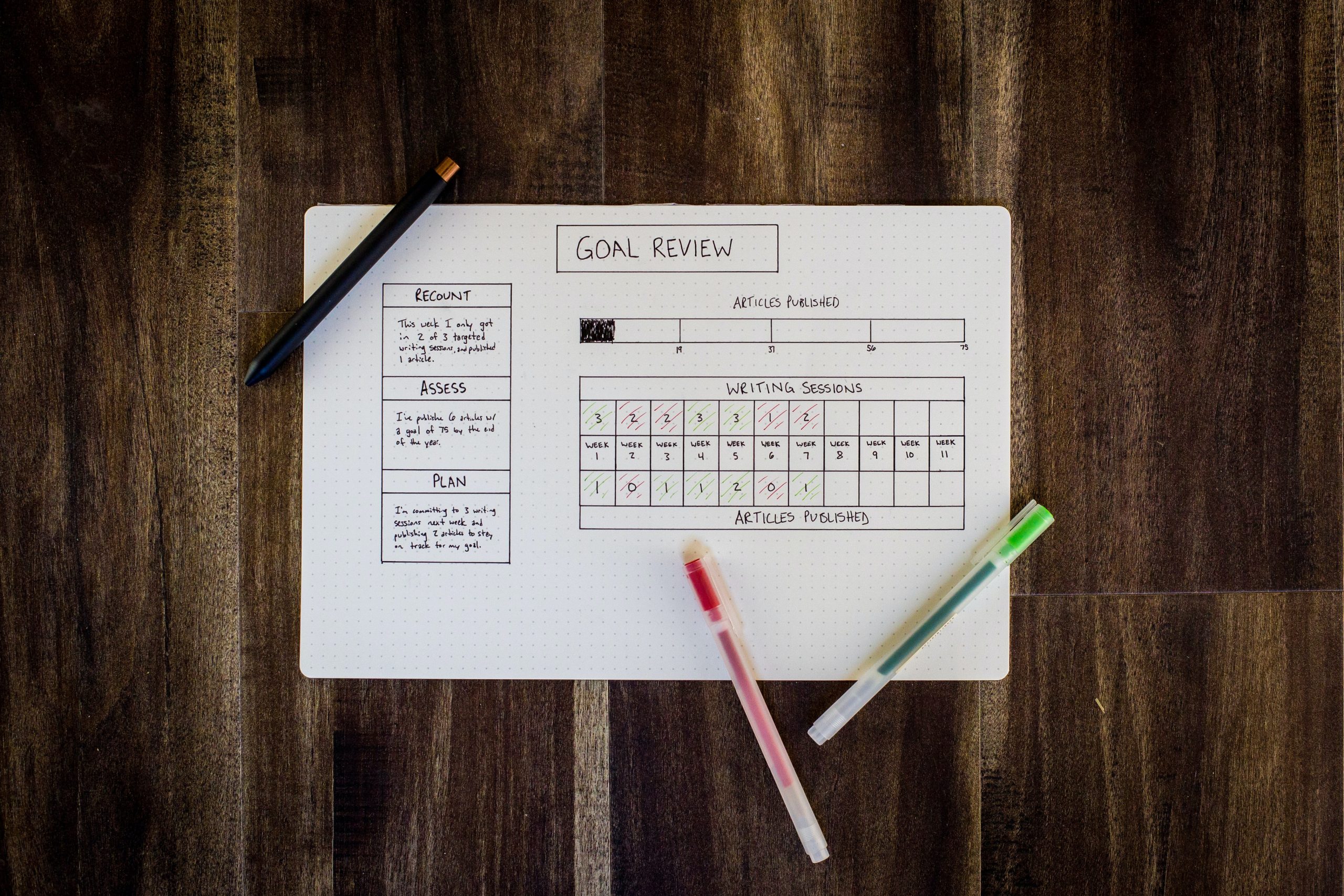The Bullet Journal Method teaches a low friction, low-tech process for capturing ideas, recording obligations, and organizing work. The bigger promise of the book is this: by identifying what matters most, you can align your daily activities with meaningful goals, focus less on mere productivity, and achieve more things that really matter.
For years, I tracked personal and professional tasks in an app called Things. It was an effective system. I had to abandon it, though, once I began working with a team, because we needed a system that could coordinate and track the activities of everyone involved.
Our team settled on a service called Asana. It’s fine for complex project and workflow management, but strikes me as too chilly and sterile to be a home for my personal efforts. So, for months, I’ve been struggling on and o! with various systems with mixed results. The best option I’ve found so far: a handwritten journaling system I’ve been keeping in a notebook app called GoodNotes.
For the past week, I’ve integrated Bullet Journal principles into that process — with great success. Regular indexing of content, notes composed exclusively of short bullet points, carrying incomplete to-do items over to new lists by hand … all of these practices have dramatically improved my (admittedly haphazard) original system. So far, so good.
The core content of the book is a distillation of material on Ryder Carrol’s blog, and there’s good supplementary material on his YouTube channel. As powerful as the central ideas are, the book can feel a little padded at times, perhaps in order to reach the publisher’s minimum word count for a trade paperback.
If you’re struggling with organization — or direction — The Bullet Journal Methodis a fine place to start.
Highlights and Useful Quotes
#thesis
“The Bullet Journal method will help you accomplish more by working on less. It helps you identify and focus on what is meaningful by stripping away what is meaningless … The Bullet Journal is designed to be your ‘source of truth.’”
#time #energy
“Our two most valuable resources in life: our time and our energy.” “We want to be working on the fewest number of things possible.”
#strategicthinking
- “You can engage your curiosity by asking yourself questions to spark your imagination. What do i want to do? Why do I want to do it? What small thing can I do right now to get started? … What exactly didn’t work? Why did it not work? What small thing can I improve next time?”
- Plan/Do/Check/Act cycle
#mindfulness
- “Mindfulness is the process of waking up to see what’s right in front of us.”
- “The act of writing by hand draws our mind into the present moment on a neurological level unlike any other capturing mechanism.”
#intentionality
- “Intentionality is the power of the mind to direct itself toward that which it finds meaningful and take action toward that end.”
- “Leading an intentional life is about keeping your actions aligned with your beliefs.”
- “Often all it takes to live intentionally is to pause before you proceed.”
- “We need to reduce the number of decisions we burden ourselves with so we can focus on what matters.”
- “Intentional living is the art of making our own choices before others’ choices make us.” – Richie Norton
Featured image by Matt Ragland on Unsplash, a great resource for free images.







